Polyethylene Terephthalate Glycol, or PETG, is a clear thermoplastic that can be formed into a number of shapes, making it suitable for use in a broad range of applications.
Benefits of PETG (Polyethylene Terephthalate Glycol)
Formable, easy to fabricate, form bond or decorate
Capable of deep thermoforming draws
More impact resistant than acrylic
Excellent clarity
Excellent printability
Recyclable
Technical Resources
- Polycarbonate vs. Acrylic vs. Glass: What’s the Best Fit for Your Project?
- PVC vs CPVC: Which Is Better?
- Polypropylene vs. Polyethylene: How Do They Differ?
- Thermosets vs Thermoplastics: How They Differ
- Homopolymer vs Copolymer
- Plastics Pyramid
- Amorphous vs Semicrystalline
- Fiber Reinforced Panel Alternatives
- How To Choose the Right Plastic for Your Project
- LEXAN™ CLINIWALL™: Next Generation Wall Cladding
- BioPhorum, Polymershapes, and the Future of Material Sterilization
- Design for Manufacturability and Its Importance
Suppliers / Brands
Common Applications
Physical Properties
| Units | ASTM Test | General Purpose PETG | |
|---|---|---|---|
| Tensile strength @ break @ 73°F | psi | D638 | 4,000 |
| Flexural modulus @ 73°F | psi | D790 | 10,000 |
| Izod impact (notched) | ft-lbs/in of notch | D256 | 1.7 |
| Coefficient of linear thermal expansion (CLTE) | (in/in F) | D696 | 5.10E-05 |
| Water absorption – 24 hours – 1/8″ thick | 0.036 – 0.11% | D570 | 0.4 |
| Deflection Temperature Under Load @ 264 psi | °F | D648 | 145 |
* Technical Data is provided courtesy of UL Prospector (www.ulprospector.com) and IAPD (www.IAPD.org).
Data is to be considered representative and is provided for guidance only. All product performance must be verified by the user under actual application conditions.


 Building & Construction
Building & Construction
 Chemical Processing
Chemical Processing
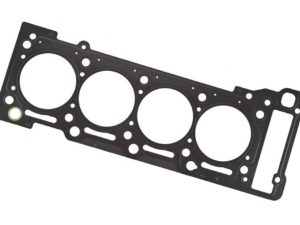 Die Cutters
Die Cutters
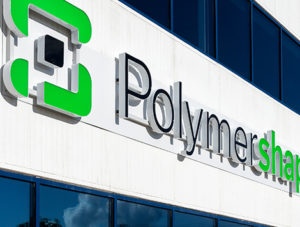 Electric & Non-Printed Sign
Electric & Non-Printed Sign
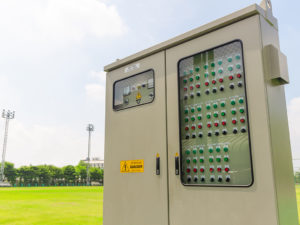 Enclosures
Enclosures
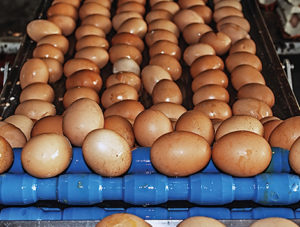 Food & Beverage Preparation/Processing
Food & Beverage Preparation/Processing
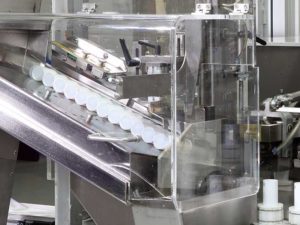 Machine Guards
Machine Guards
 Packaging & Conveying Equipment
Packaging & Conveying Equipment
 POP/Display
POP/Display
 Printing/Graphics
Printing/Graphics
 Thermoformers
Thermoformers
